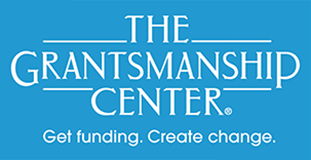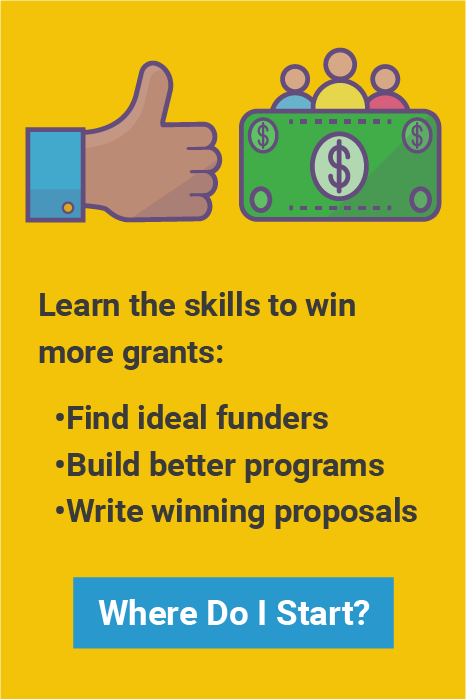
It’s that part of the proposal we almost always tend to shrug off. “Oh, yeah, we have to write up something to explain the budget, we’ll get to that after we do the important stuff.” Evidence suggests it might be worth much more than a shrug.
The budget narrative is the place to reinforce the story you’ve told in the body of the proposal. It’s a detailed description of the line items in your budget, hopefully demonstrating how the things you’ll spend money on will allow your organization to accomplish what you’ve promised in the proposal itself. Don’t assume that the proposal reviewer will automatically understand your spending plan—spell it out.
At a minimum, even for modest program budgets, it’s a good idea to describe each line item in the budget. Write a simple statement justifying why that expense is included. If you have a significantly larger expense item, one that sticks out from the rest, you’ll probably want to write a more thorough explanation. And of course, if your proposal includes a request for indirect or overhead, you’ll need to detail how you calculated it.
A common mistake is to add a line item (“local travel,” e.g.) and assume that a funder will simply accept it without question. Maybe, but it’s better to spell out who’s traveling, what destinations, with what frequency. Estimates are often necessary but make your best educated guess.
For key staff positions, this is a useful template: [job title] will spend XX% of their time [describe the function or action]. The annual salary for the position is $__________and will be covered for [amount of time on the project] for a total of $___________.
If you’re preparing a proposal to a public agency (e.g. a government grant), you’ll probably be given a template. Follow it. Federal proposals almost always include currently accepted definitions and parameters for costs you can claim. Adhere to them. Don’t skip steps, don’t innovate.
The budget narrative is sometimes thought of as the budget “justification” and that’s a useful rubric. It’s the place to demonstrate that (a) the line item is necessary for carrying out the work, and (b) the amount you’re charging is reasonable and consistent with what such things cost in your region or discipline.
Thomas Boyd is Chief Editorial Consultant for The Grantsmanship Center
and an independent consultant to nonprofit organizations.



